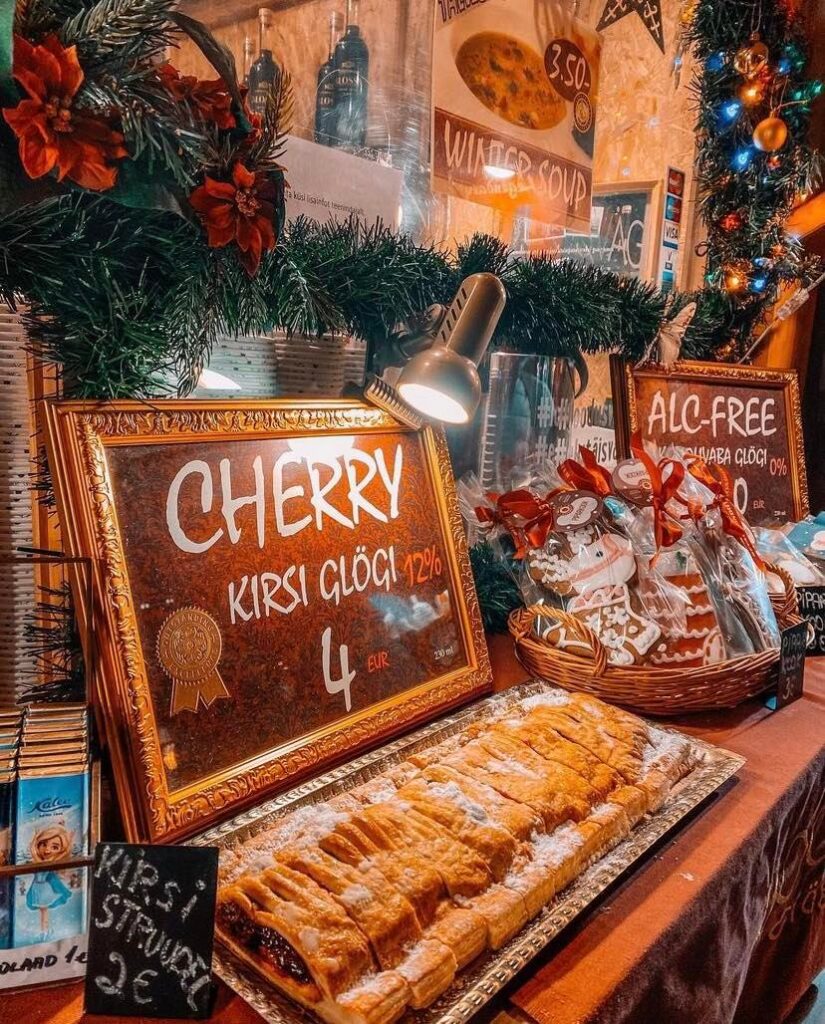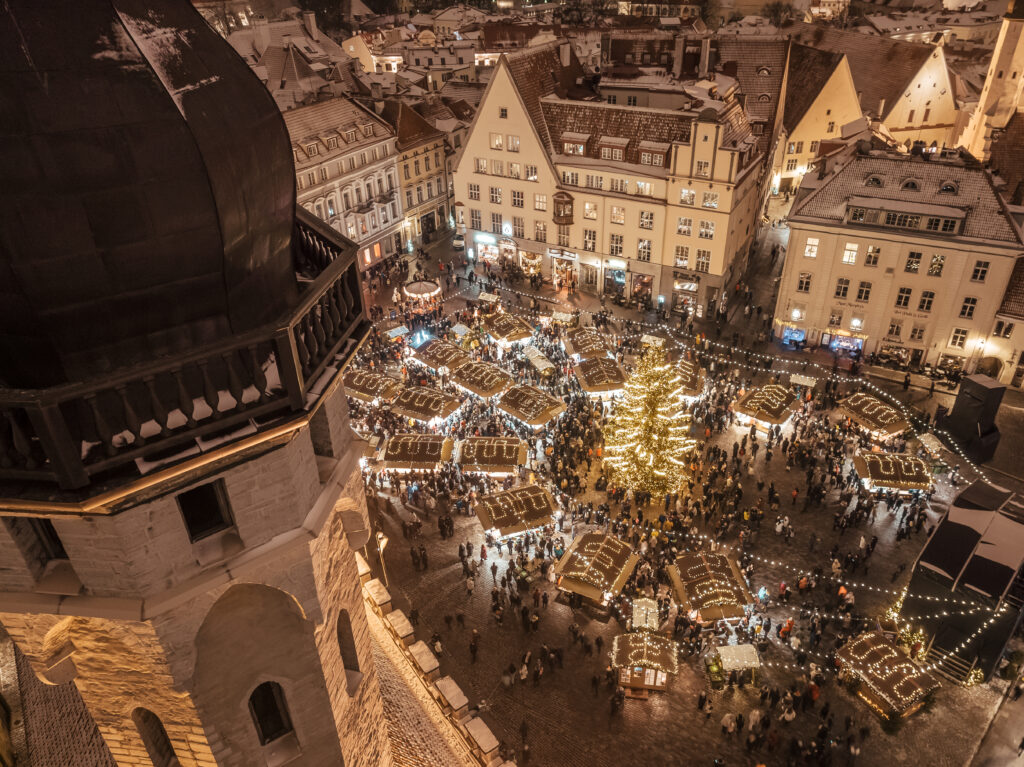The Times, a British media outlet, has compiled a list of the best Christmas markets in Europe, including the market in Tallinn.
“Christmas markets started in Germany in the Late Middle Ages; one of the oldest, in Dresden, dates back to 1434. While German cities still take the crown for the sheer number of Christmas markets, you can now find them all over Europe,” The Times said in the introduction of the list. “So if you’ve got a hankering for stollen, lebkuchen and enough gluhwein to sink the Titanic, then look no further than these best Christmas markets in Europe.”
The best Christmas markets in Europe, according to The Times, are in Cologne (Germany), Salzburg (Austria), Berlin (Germany), Budapest (Hungary), Prague (the Czech Republic), Strasbourg (France), Gothenburg (Sweden), Bratislava (Slovakia), Bohemia (the Czech Republic), Vienna (Austria), Copenhagen (Denmark), Tallinn (Estonia), Brussels (Belgium), Basel (Switzerland), Edinburgh (Scotland), Gdansk (Poland), Metz (France), Krakow (Poland), Esslingen (Germany), Nuremberg (Germany), Seville (Spain), Zagreb (Croatia), Bruges (Belgium) and in Merano (Italy).
Adding a little twist to describe each market, The Times said the one in Tallinn is “best for musical groups and dance troupes”.
“Considered one of the best Christmas markets in Europe, Tallinn’s festive offering is a stunning affair, set in the heart of its beautiful, medieval town, where rooftops and cobblestones are dusted with snow. Come winter, Town Hall Square is packed – not just with over 60 wooden stalls, selling handmade wreaths, local arts and crafts, sweets, honey, and sheepskin rugs – but also by brass bands, bell ringers, and endless dance troupes,” The Times noted.
One of the oldest public Christmas trees
“Arriving at his winter grotto on an authentic reindeer sleigh, Santa is on hand to welcome children to the festivities, before they rush off for a whirl on the merry-go-round. Estonia’s biggest Christmas tree has been set up in front of the Town Hall each year since 1441, making it one of the very first to be displayed anywhere in Europe,” the media outlet added.

Estonians actually claim that back in 1441, Tallinn erected the very first public Christmas tree in Europe – but Latvians, Estonia’s southern neighbours, dispute that, claiming the tradition was started in Riga instead (the historians have not agreed on either version, by the way).
According to the Estonian version, the first public Christmas tree ever was put on display in Tallinn by the Brotherhood of the Black Heads guild, an association of local unmarried merchants, ship owners and foreigners that was active in the region at the time. The tree was the focal point of a ritual and involved unmarried merchants singing and dancing with local girls around a tree, which then was burned.
Plenty of entertainment
As usual, there will be plenty of entertainment, food and drinks on offer at this year’s Christmas market in Tallinn.
The stalls cater traditional Christmas food – from stewed sauerkraut and black pudding to more sophisticated dishes like duck legs or venison entrecote. For the first time, there will be “house of sweets” – cinnamon and cardamom buns will be baked here according to the recipe of the Krõbe Kakuke home bakery. As always, the Christmas market will feature a huge range of gingerbreads. And a cup of glögg – a spiced mulled wine – can keep one warm.

The entertainment programme features folk dancers and performers from all over Estonia. On weekend evenings – from early Friday evening to Sunday evening – the market’s stage will host performances of various performers in every hour.
Tallinn’s Christmas market is open until 8 January 2023.

